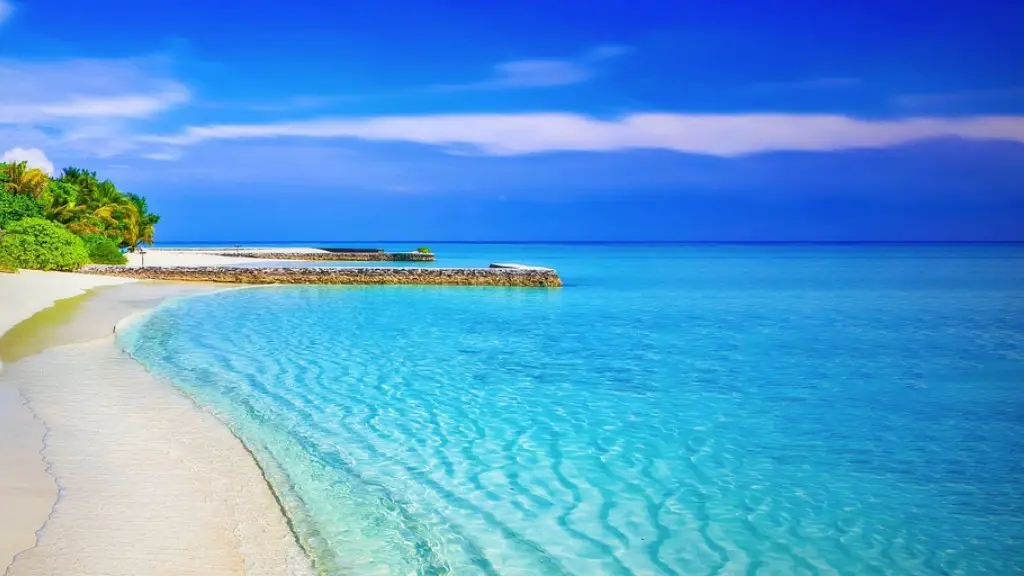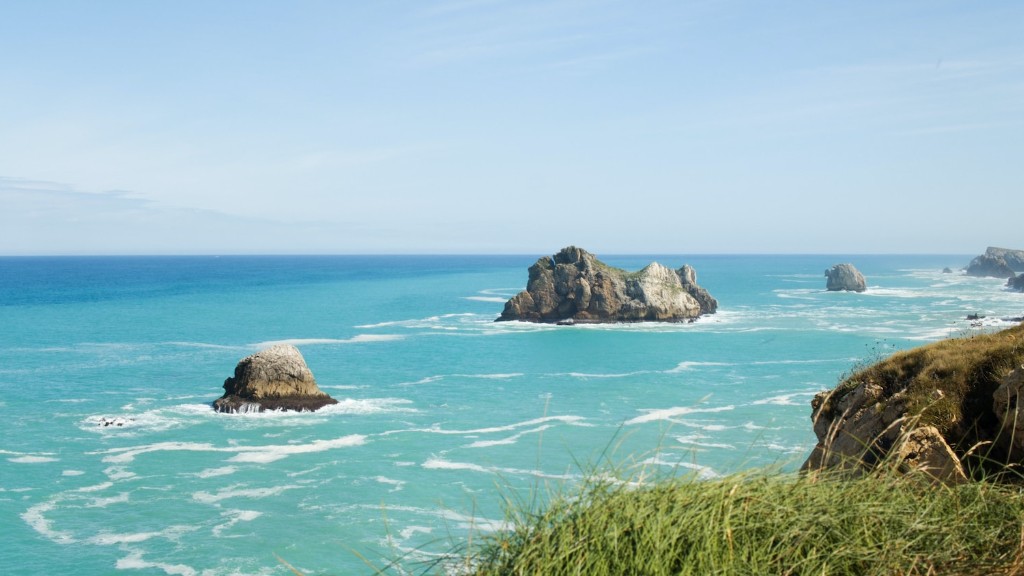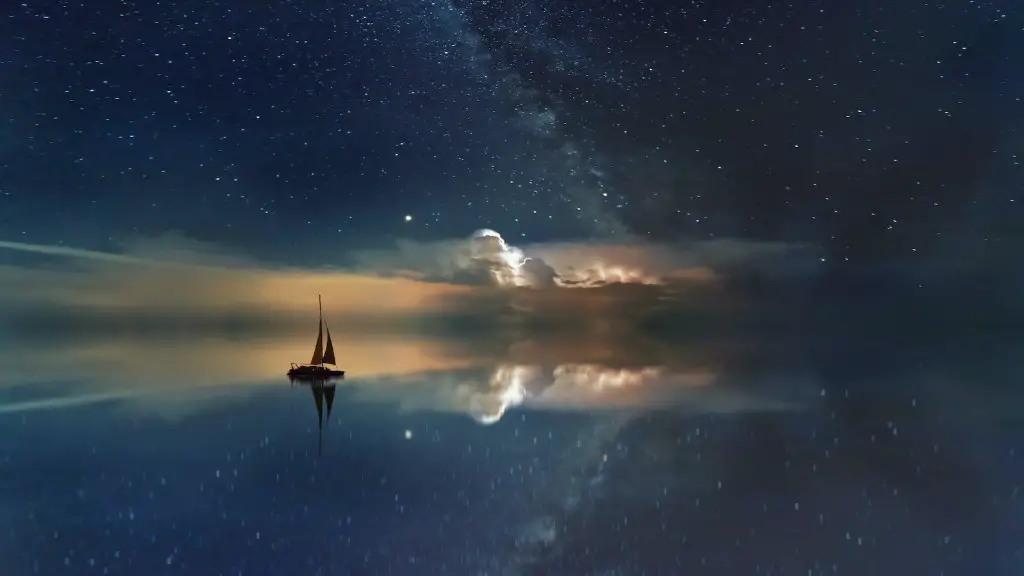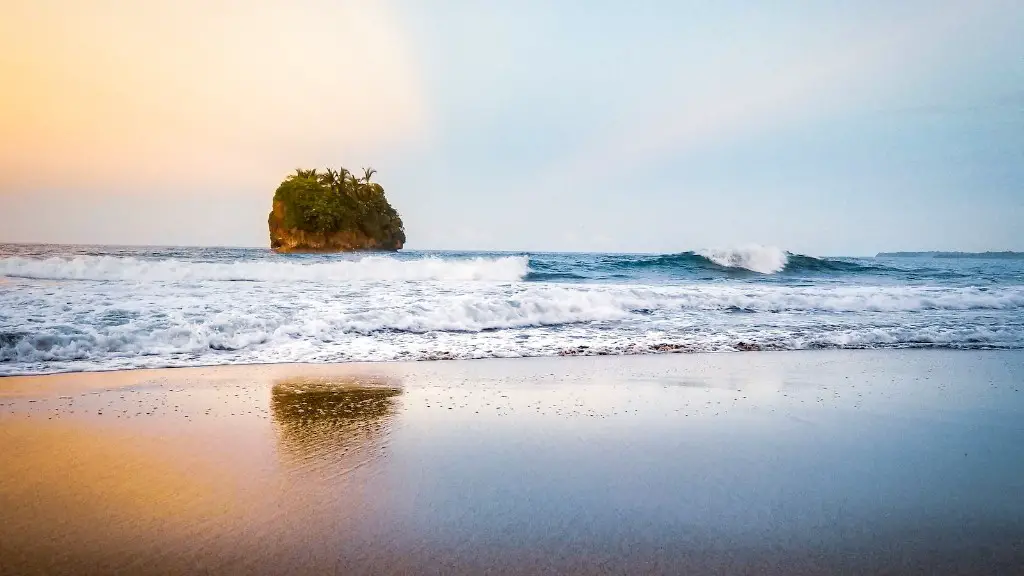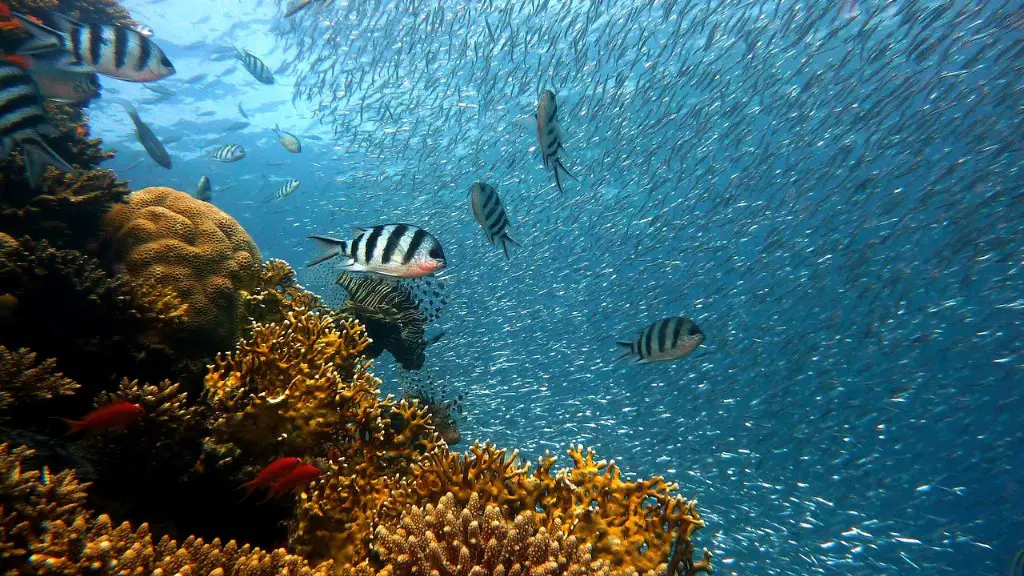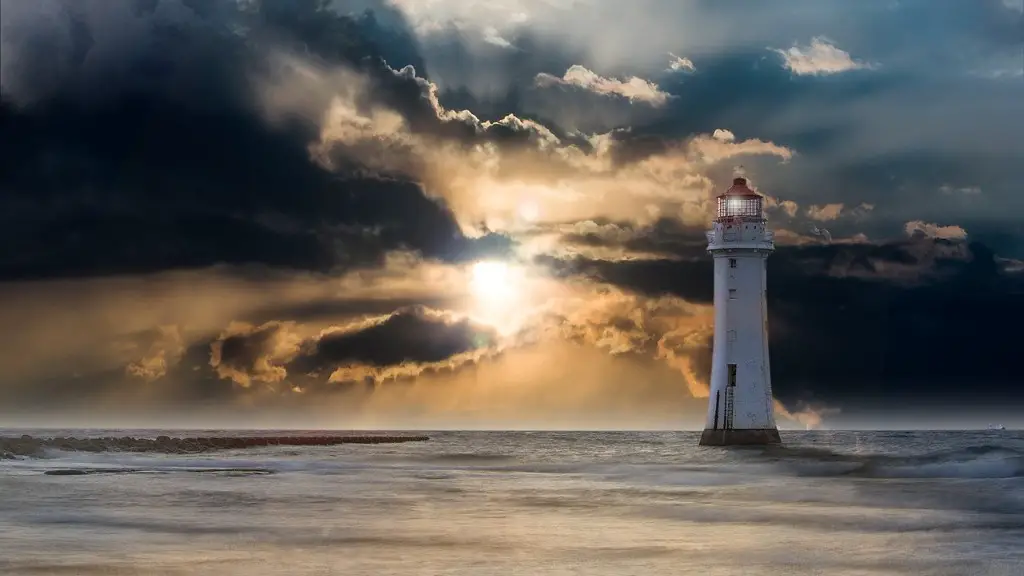The Red Sea Rift is a continental rift zone that extends for more than 3,000 kilometers (1,900 mi) from the Dead Sea Transform fault in the Levant to the Afar Triple Junction in the Red Sea, running through the countries of Israel, Egypt, Sudan, Djibouti, Eritrea and Yemen.
The Red Sea Rift was formed by the breakup of the African and Arabian tectonic plates. The African plate is moving away from the Arabian plate, and this motion is causing the Red Sea to widen.
How were the rifts formed?
A rift valley is a long, narrow, deep valley formed by the erosion of land between two parallel faults or fault systems. A rift valley is formed when two plates move apart and the land between them sinks. The most famous rift valley is the East African Rift, which runs through Ethiopia, Kenya, and Tanzania.
The Red Sea is a unique geological formation that was created by the split of the Arabian Peninsula from the African continent. This split started in the Eocene epoch and accelerated during the Oligocene epoch. The Red Sea is still widening today, and it is believed that it will eventually become an ocean (as proposed in the Tuzo Wilson model of continental drift).
What type of plate boundary is the Red Sea rift
A divergent plate boundary is a location on Earth’s surface where two tectonic plates are moving away from each other. This type of boundary is also sometimes referred to as a constructive plate boundary.
Divergent plate boundaries can occur both on land and underwater. One of the most well-known examples of a divergent plate boundary is the mid-oceanic ridge, which runs along the bottom of the Atlantic and Pacific oceans.
When a divergent plate boundary forms, it creates a gap in the Earth’s crust. Magma from the mantle can rise up into this gap and cool, forming new crust. This process is how the oceanic crust is formed.
Divergent plate boundaries can also cause earthquakes. This is because the plates are moving and grinding against each other, which can cause stress to build up in the Earth’s crust. When this stress is released, it can cause an earthquake.
The formation of the rifts and faults 35 million years ago created the Lebanese section of the Dead Sea Transform, the Jordan Rift Valley, Red Sea Rift and the East African Rift. These geographical features are all a result of the tectonic activity that occurred millions of years ago and helped to shape the Earth’s surface as we know it today.
What was the cause of the rift?
Rifts are linear depressions in the Earth’s surface that are formed as a result of the pulling apart of the lithosphere. This pulling apart is caused by extensional tectonics, which is the process by which the Earth’s crust is extended. Rifts can be further deepened by the forces of erosion.
A new ocean is being created as the African continent is split in half. A 35 miles long rift appeared in the Ethiopian deserts of the Far region in 2005 and is probably the start of a brand-new sea.
When did the Red Sea start forming?
The Gulf of Suez and the Red Sea are two of the most important bodies of water in the world. They are connected to each other and have a long history. The Gulf of Suez opened up about 30 million years ago, and the northern part of the Red Sea about 20 million years ago. The second phase began about 3 to 4 million years ago, creating the trough in the Gulf of Aqaba and also in the southern half of the Red Sea valley. These two bodies of water are very important to the world and have a long history.
The Southern Red Sea Rift is a young feature on the Earth’s surface, having formed only within the last 20 million years. It is located along the margins of the Red Sea, where the African and Arabian plates are pulling away from each other. This rift zone is characterized by elevated topography and high rates of erosion. The formation of the Southern Red Sea Rift has had profound implications for the climate and ecology of the region.
Did the tectonic plates create the Red Sea
The Afar region in Northern Ethiopia is the centre of a “Y” shaped rift system, where the continental lithosphere is being stretched and is splitting. The Arabian Plate is rifting away from the African plate along an active divergent ridge system, to form the Red Sea and Gulf of Aden. The rifting process is thought to be caused by the upwelling of hot mantle material below the lithosphere. This hot mantle material affects the density of the lithosphere, causing it to become thinner and more buoyant. This stretching of the lithosphere can lead to the formation of volcanic activity and earthquakes.
The minimum width of the Red Sea is 26-29 km (16-18 mi). The average width of the Red Sea is 280 km (174 mi) The average depth of the Red Sea is 490 m (1,608 ft). The maximum depth of the Red Sea is 2,850 m (9,350 ft).
Where is the Red Sea rift divergent boundary?
The divergence boundary between the African Plate and Arabian Plate is responsible for the creation of the Red Sea Rift. This boundary is also called the Red Sea Rift and is a younger parallel to the larger, older mid ocean ridges such as those under the Atlantic and the Pacific. The Red Sea Rift is still an active divergent boundary, with the African Plate moving away from the Arabian Plate at a rate of a few millimeters per year.
The Red Sea Rift is a divergent boundary between the African and Arabian Plate. Divergence is when two plates spread apart. Underwater this causes sea floor spreading and rifts.
As the African Plate moves away from the Arabian Plate, the Red Sea is getting wider. This is causing several mini seas to form, and breaking up Africa.
Which is the largest rift valley in the world
The Great Rift Valley is an important geographical feature for several reasons. Firstly, it is the longest rift on Earth’s surface. Secondly, it extends from Jordan in southwestern Asia southward through Africa to Mozambique, making it one of the longest geological features on the planet. Finally, the Great Rift Valley is home to some of the world’s most iconic animals, such as lions, elephants, and gorillas.
Africa is home to a staggering 54 countries, each with their own unique customs, cultures, and history. But did you know that Africa is also divided according to geologists researching the continent’s plate tectonics?
The East African Rift, which separates eastern coastal countries like Kenya and Tanzania from most of the continent, passes across Mozambique from the Afar area of northern Ethiopia. This rift is a sign of Africa’s plate tectonics at work, and it’s helping researchers to better understand the continent’s geological history.
In the future, Africa’s plate tectonics may cause the East African Rift to widen even further, potentially leading to the formation of a new ocean. But for now, the Rift is just another fascinating aspect of this incredible continent.
How old is the rift?
The rift is a geological feature that extends for some 30 million years. It is marked by extensive volcanism and has produced such massifs as Kilimanjaro and Mount Kenya.
The Mid-Continent Rift was a failed continental rift that formed within Laurentia, the core of North America, during the Precambrian era. The MCR failed to split the continent because compression from a mountain-building episode ended the extension and volcanism.
Warp Up
The Red Sea Rift was formed by the Arabian Plate moving away from the African Plate. The Arabian Plate is moving northeast while the African Plate is moving southwest.
The precise process that led to the creation of the red sea rift is still unknown, but there are a few possible explanations. One theory suggests that the African and Arabian plates began to pull apart about 30 million years ago, causing the widening of an already-existing crack in the earth’s crust. This theory is supported by the fact that the red sea rift is located in a region where the African and Arabian plates meet. Another explanation is that the red sea rift resulted from a volcanic eruption that occurred in the area millions of years ago.
